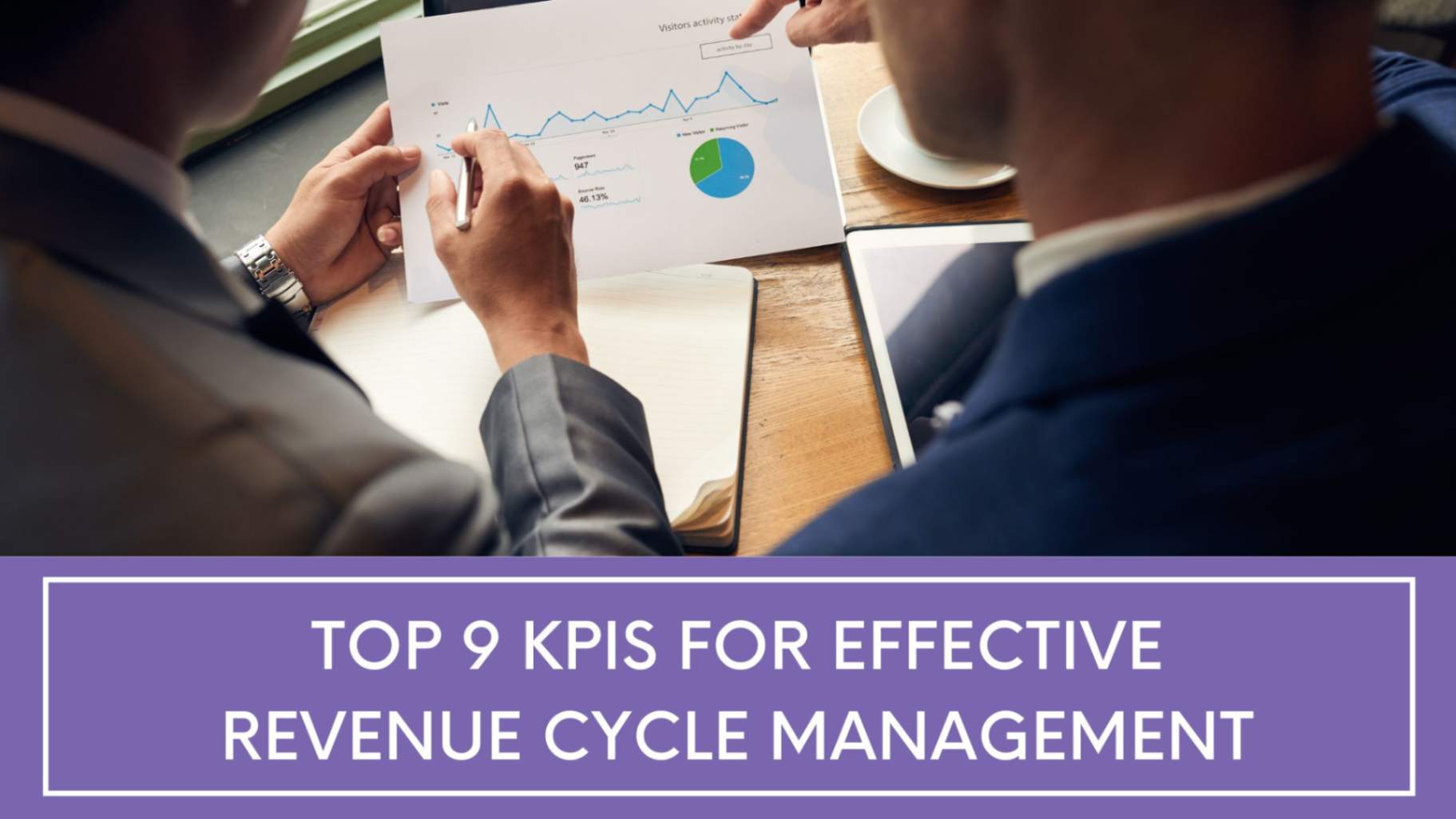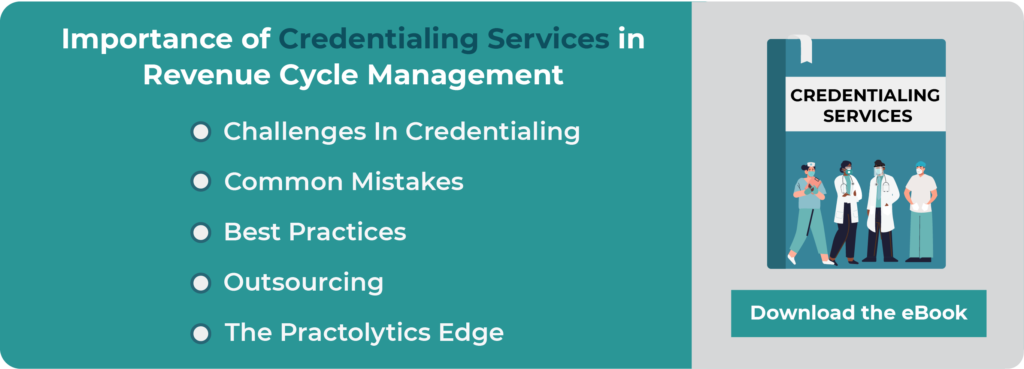Top 9 KPIs for Effective Revenue Cycle Management
Business KPIs are a very crucial aspect of any business for its growth, as they bring in data-driven insights that are essential to make decisions and undergo transformations. Since Revenue Cycle Management serves as the link between the practice and insurance companies, it is imperative for revenue cycle managers to have a clear strategy before carrying out the processes.
Top 9 KPIs for Effective Revenue Cycle Management drill down their capabilities in a clear and engaging format that helps the managers to set out effective standards for enhancing their productivity and thereby, profitability.
RCM covers the entire processing starting from the patient’s appointment scheduling to obtaining reimbursements for the practice. With clear information on hand, they can enhance the revenue cycle’s performance and bring in an effective revenue cash flow cycle.
By gauging these 9 KPIs, practices or RCM experts can obtain stay on top of the revenue cycle process, finding a balance that allows them to focus more on patient care.
Table of Contents
1. KPI for Preregistration rate
The Preregistration KPI indicates if the patient onboarding process and appointment scheduling has taken place effectively. So, healthcare providers can ensure timely processing of registrations and accurate demographics.
2. KPI for Insurance verification rate
The insurance verification rate KPI ensures accurate recording of the patient’s eligibility verification through streamlined processes. It helps maintain the required industry standard for obtaining clean claims. As per the standards, more than 98% of the Insurance Verification rate is accepted.
3. Point of Service Cash Collection
POS cash collections refer to the payment collected from the patient prior to or during the time of service or until seven days after discharge. These include co-pays and co-insurances. KPI value for this is obtained by dividing the POS payments by self-pay collected from the patients.
These KPI values facilitate the accounting efficiency of the POS staff, allowing them to identify and resolve issues related to POS that affects the RCM processing at large.
4. The rate at which claims are denied
A healthy revenue cycle encompasses a denial rate below 5% with an effective cash flow. However, 5% to 10% is an acceptable range for practices to maintain but above 10% requires immediate attention for eligibility verification, coding evaluation for errors and relevancy, and prevalent credentialing issues.
The KPI for the claim denial rate is calculated by dividing the total amount denied by the payers by the total amount submitted for a given period.
5. The rate at which clean claims are processed
A clean claim rate refers to the percentage of submitted insurance claims that gets successful reimbursements after the very first submission. It means that the Accounts Receivables processing and insurance coverage processing took place quickly with accurate information.
KPI measurement for clean claims enables practices and revenue cycle managers to identify their efficiency in claims submission while also understanding the average duration of claims processing and cost of resubmission.
6. Days in Accounts Receivables
The Days in AR has its touchstone for less than 40 days. The KPI for the same helps in identifying the average time taken by the AR team for collection of payments for the rendered services. It is calculated by:
Sum of daily charges for previous months divided by the total number of days for the given period.
7. Revenue per Patient Visit
Revenue per encounter KPI facilitates a comprehensive view of the revenue cycle’s efficiency. It is calculated by dividing total collections by the total number of encounters for a given month.
8. Discharges Not Fully Billed
The DNFB KPI metric helps with the comparability of various other practices in a given geographic location. It is a crucial factor for practices to maintain to ensure that the rendered services are converted to revenue. Without proper DNFB tracking, practices can face significant revenue leakage.
DNFB is measured by calculating the unbilled amount for discharged patients divided by the average daily revenue.
9. Discharges Not Submitted to Payer
The DNSP KPI indicates the total claims generated and submitted. It helps to ensure enhanced performance of the revenue cycle and identifies any issues with the cash flow or during the claims submission. Industry-standard for acceptable days for DNFB is up to 7 days.
To stay on top of your revenue streams, it is essential to partner up with the right RCM service provider. Partnering with Practolytics can help streamline your revenue cycle and enhance your reimbursements, by leveraging cutting-edge technology and solutions. With AdvancedMD as our partner, we deliver effective solutions to improve your revenue cycle.
ALSO READ – How to Address Manpower Shortage in Revenue Cycle Management?






